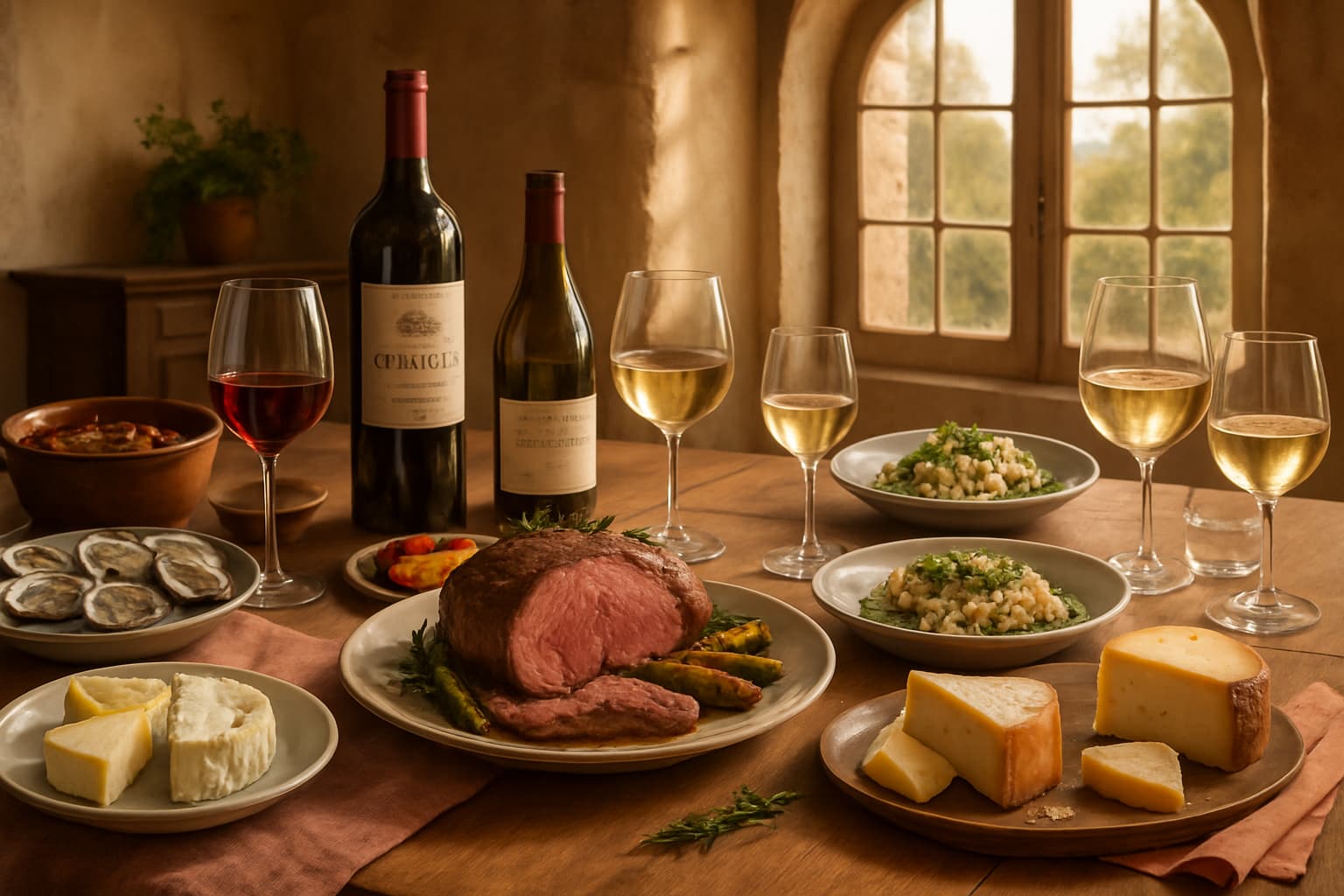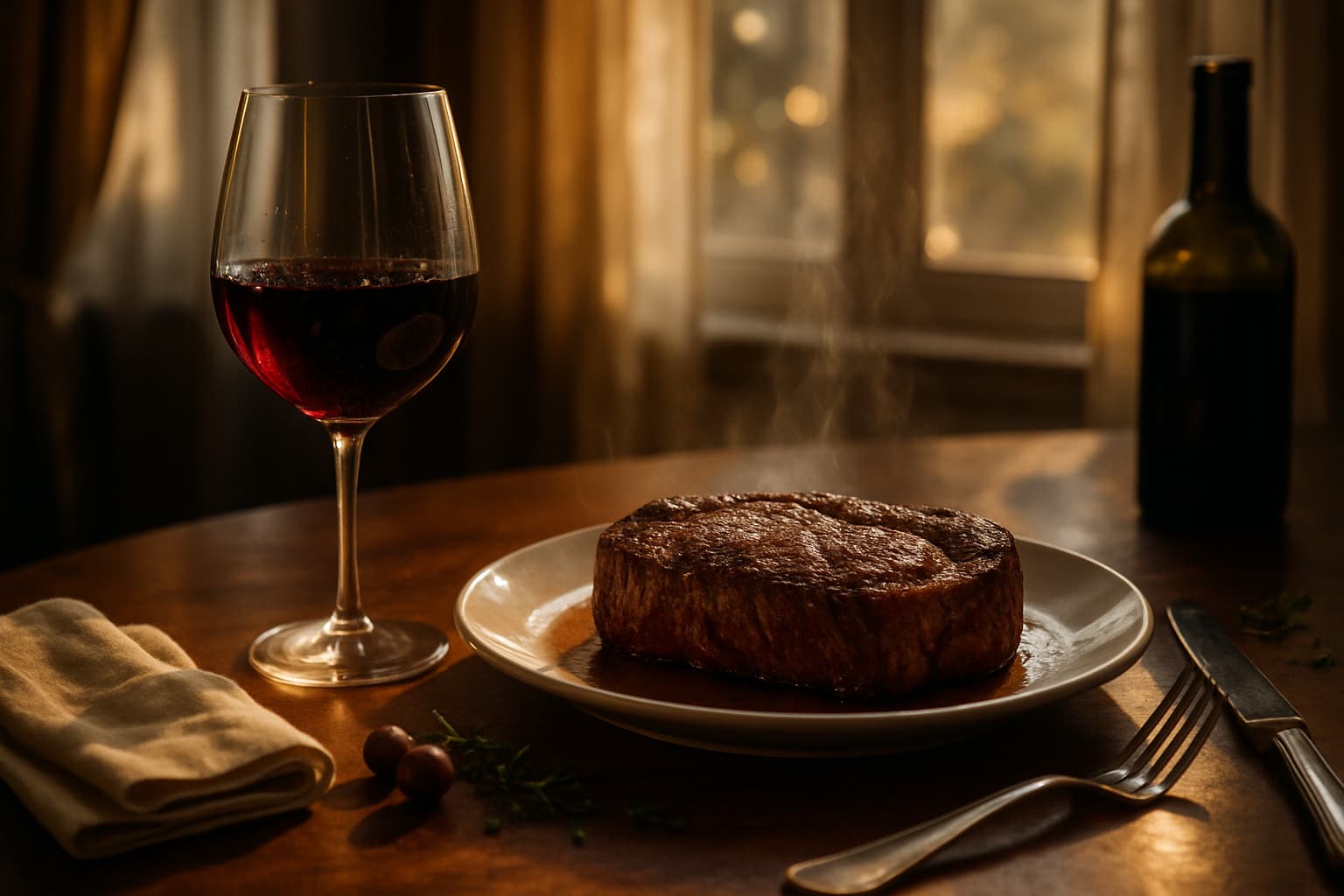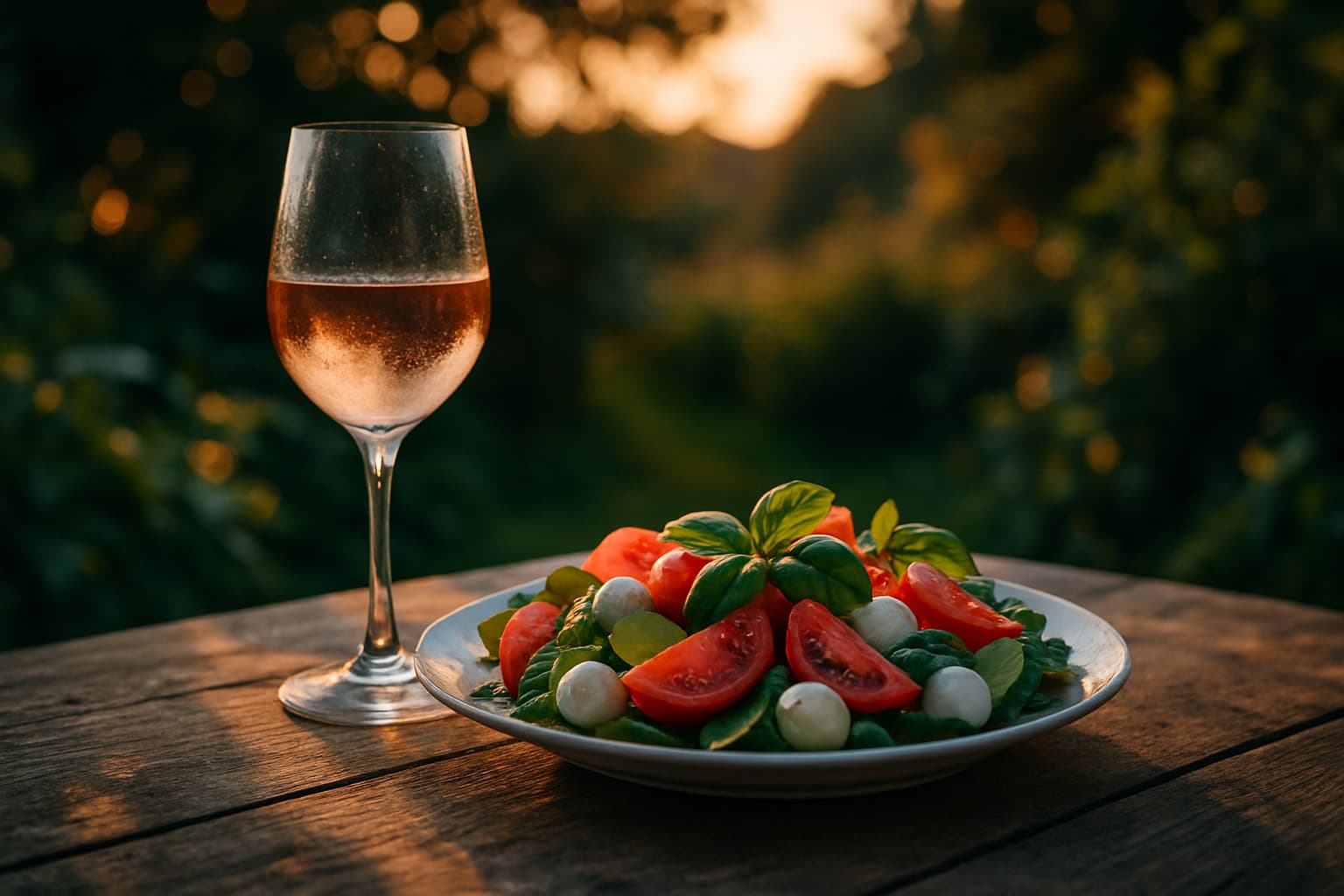

Pairing Wine with British Sunday Roast
Ah, the sumptuous ritual of the British Sunday roast: a feast that warms the soul and brings families together. And what could elevate this cherished tradition even more? A glass of wine, of course. But not just any wine; it needs to be the perfect pairing to complement the rich, hearty flavors of your roast. Let me guide you through the art of pairing wine with your British Sunday roast, a journey that will tantalize your taste buds and deepen your appreciation for both food and wine.
Understanding the British Sunday Roast
Before we dive into the wine pairings, let's savor the essence of the British Sunday roast. This meal is more than just food; it's a celebration of comfort and tradition. At its heart is the roast itself—be it beef, lamb, pork, or chicken—surrounded by an array of accompaniments that sing in harmony. Yorkshire puddings, roast potatoes, seasonal vegetables, and, of course, the rich, velvety gravy that ties it all together. Each component has its own character, and understanding these nuances is key to choosing the right wine.
Pairing Wine with Beef Roast
Let's start with the quintessential beef roast. The robust, savory flavors of beef call for a wine that can stand up to its intensity. A full-bodied red wine is your best bet here. Consider a Cabernet Sauvignon, with its deep, dark fruit flavors and firm tannins that will cut through the richness of the meat. The tannins also pair beautifully with the fatty marbling of a well-cooked roast, creating a harmonious balance on the palate.
If you prefer something a bit softer, a Merlot can be a delightful alternative. Its plush fruitiness and smooth tannins complement the beef without overpowering it. And don't forget about the Yorkshire puddings and gravy; these elements add a richness that a red wine can handle with ease.
Pairing Wine with Lamb Roast
Lamb roast, with its distinctive, slightly gamey flavor, requires a wine that can match its boldness. A Syrah or Shiraz, with its peppery notes and rich fruit flavors, is an excellent choice. The wine's spiciness complements the lamb's natural flavors, while its full body stands up to the meat's richness.
For a more nuanced pairing, consider a Pinot Noir. Its lighter body and delicate fruitiness can highlight the subtler flavors of the lamb, especially if you've seasoned it with herbs like rosemary or thyme. The wine's acidity also pairs well with the mint sauce often served alongside lamb, creating a refreshing contrast.
Pairing Wine with Pork Roast
Pork roast, often cooked with crackling and apple sauce, presents a different set of flavors to consider. A medium-bodied red like a Pinot Noir or a lighter red like a Beaujolais can be a wonderful match. The Pinot Noir's earthy undertones and bright acidity can cut through the fattiness of the pork, while the Beaujolais's fruity lightness complements the apple sauce.
If you're in the mood for white wine, a Chardonnay, especially one that's been aged in oak, can be a luxurious choice. The wine's buttery richness and hints of vanilla will echo the creamy texture of the apple sauce, creating a symphony of flavors on the palate.
Pairing Wine with Chicken Roast
Chicken roast, with its milder flavor, offers more flexibility in wine pairings. A white wine like a Sauvignon Blanc can be a refreshing choice, with its crisp acidity and citrus notes cutting through the richness of the gravy and roast potatoes. If you prefer red wine, a lighter option like a Gamay or a young Pinot Noir can work well, their fruitiness complementing the chicken's delicate flavors.
For a more indulgent pairing, consider a Chardonnay. Its richness and complexity can elevate the humble chicken roast to new heights, especially if you've added herbs like tarragon or thyme to the dish.
The Role of Accompaniments
The accompaniments to your roast—those Yorkshire puddings, roast potatoes, and seasonal vegetables—also play a crucial role in your wine pairing. The crispiness of the roast potatoes and the richness of the gravy can be balanced by a wine with good acidity, like a Cabernet Sauvignon or a Sauvignon Blanc. The earthy flavors of seasonal vegetables like carrots and parsnips can be complemented by a wine with earthy undertones, like a Pinot Noir or a Syrah.
The Philosophical Underpinnings of Wine Pairing
Wine pairing is not just about matching flavors; it's about creating an experience that engages all the senses. It's about the joy of discovery, the pleasure of savoring each bite and sip, and the connection between the food on your plate and the wine in your glass. It's a dance of flavors, a celebration of tradition, and a testament to the art of dining.
Subtle Nuances and Context
When choosing a wine for your Sunday roast, consider the time of year. A hearty Cabernet Sauvignon might be perfect for a winter roast, while a lighter Pinot Noir could be ideal for a summer gathering. Consider, too, the company you're keeping. A special bottle might be in order for a family celebration, while a more casual wine could be perfect for a relaxed Sunday lunch.
Conclusion
Pairing wine with your British Sunday roast is an art form that can elevate this beloved meal to new heights. Whether you choose a robust Cabernet Sauvignon to complement your beef roast, a peppery Syrah to match your lamb, a versatile Pinot Noir for your pork, or a refreshing Sauvignon Blanc for your chicken, the right wine can transform your meal into a culinary masterpiece. So, the next time you gather around the table for your Sunday roast, let the wine be your partner in creating a feast that nourishes both body and soul. Indulge in the flavors, savor the moments, and let the wine and food dance together in perfect harmony.
More from Wine and Food Pairing
Master the Language of Wine
Tannins
Tannins are astringent compounds found in wine that contribute to its texture and aging potential, often causing a drying or puckering sensation in the mouth. They are derived from grape skins, seeds, and stems, as well as from oak barrels used during aging.
/ˈtænɪnz/
Malic acid
Malic acid is a naturally occurring organic acid found in grapes that contributes to the tart, green apple-like flavor and crispness in wine. It plays a significant role in the taste and acidity of wine.
/mælɪk ˈæsɪd/
Filtration
Filtration in winemaking is the process of removing solid particles from wine to clarify and stabilize it before bottling, using various types of filters to achieve different levels of clarity and remove unwanted elements like yeast, bacteria, and sediment.
/fɪlˈtreɪʃən/
Oxidation
Oxidation in wine is a chemical reaction between the wine and oxygen that can change its flavor, aroma, and color. This process can be beneficial or detrimental depending on the extent and context of the exposure.
/ˌɒksɪˈdeɪʃən/
Microclimate
Microclimate refers to the unique climate conditions of a small, specific area within a larger region, significantly influencing grapevine growth and the characteristics of the resulting wine.
/ˈmīkrōˌklīmit/
Subscribe to Our Newsletter
Get weekly wine recommendations, vineyard news, and exclusive content delivered to your inbox.

